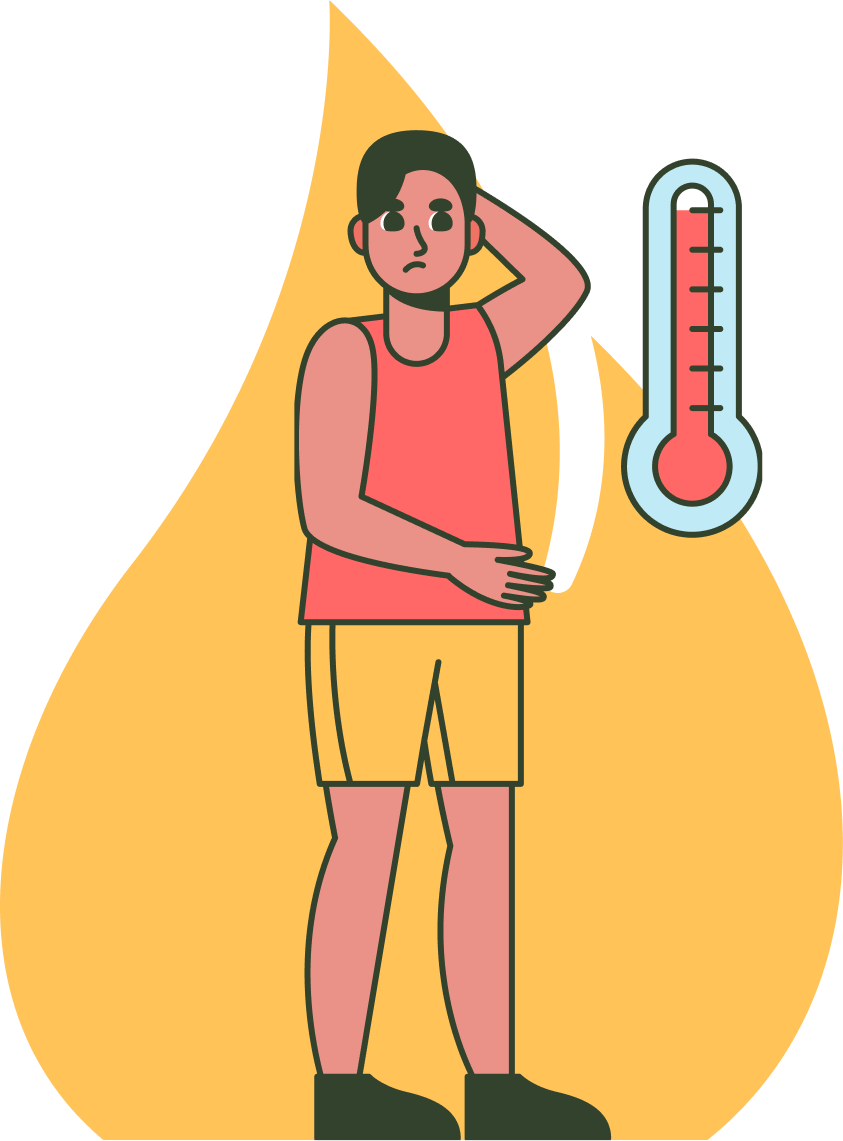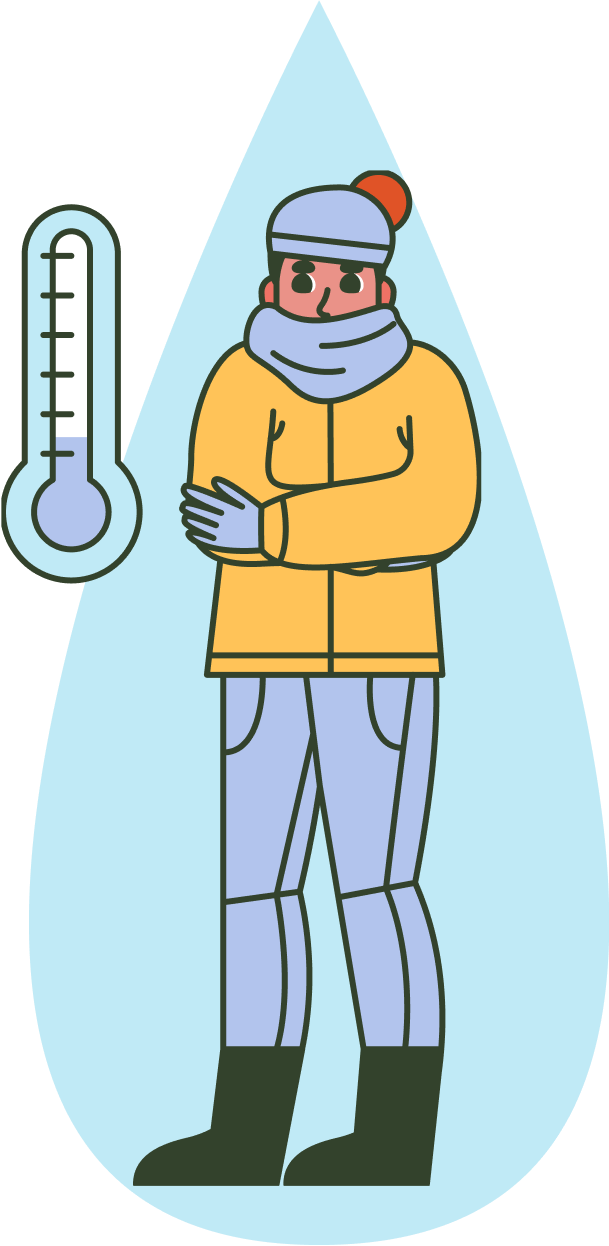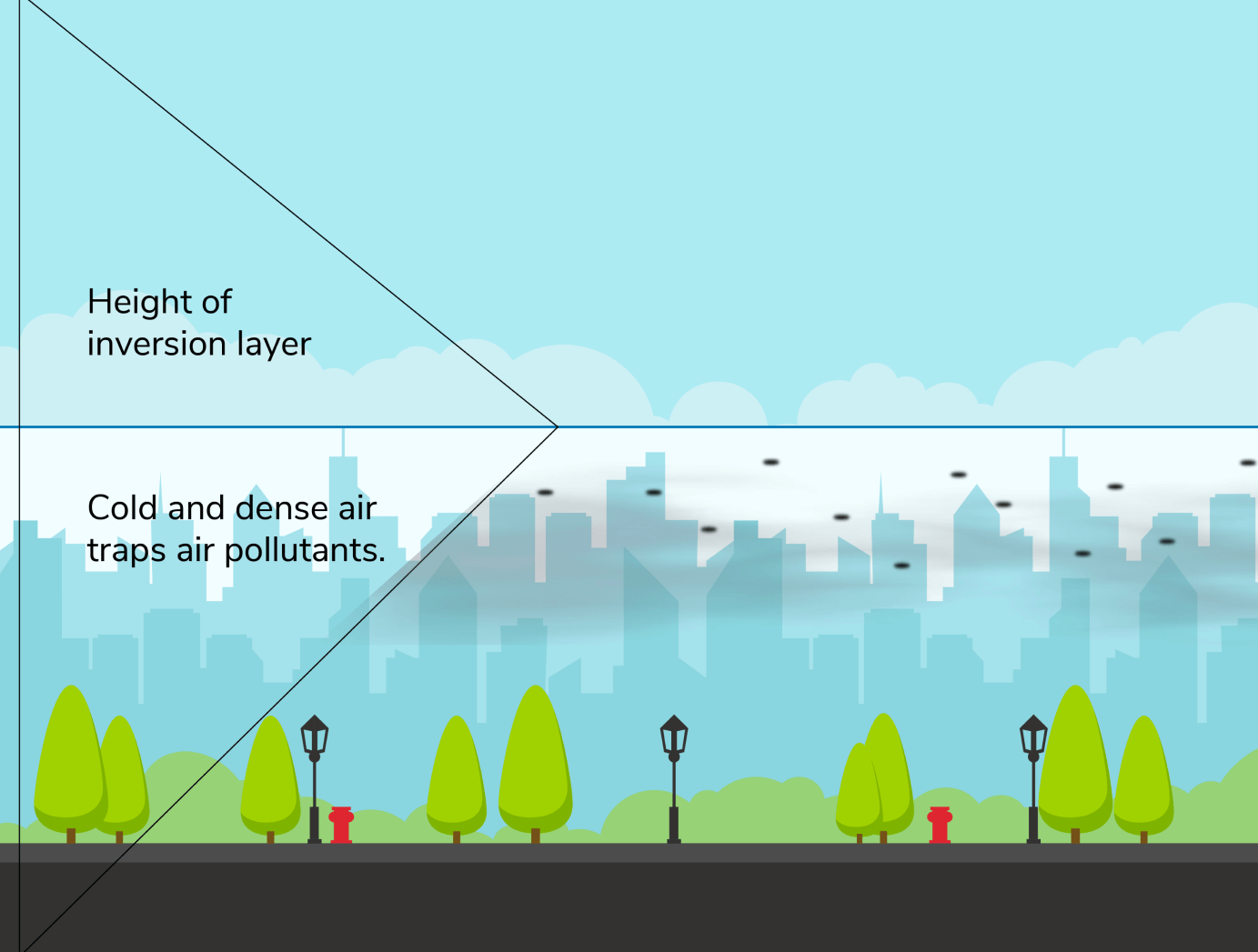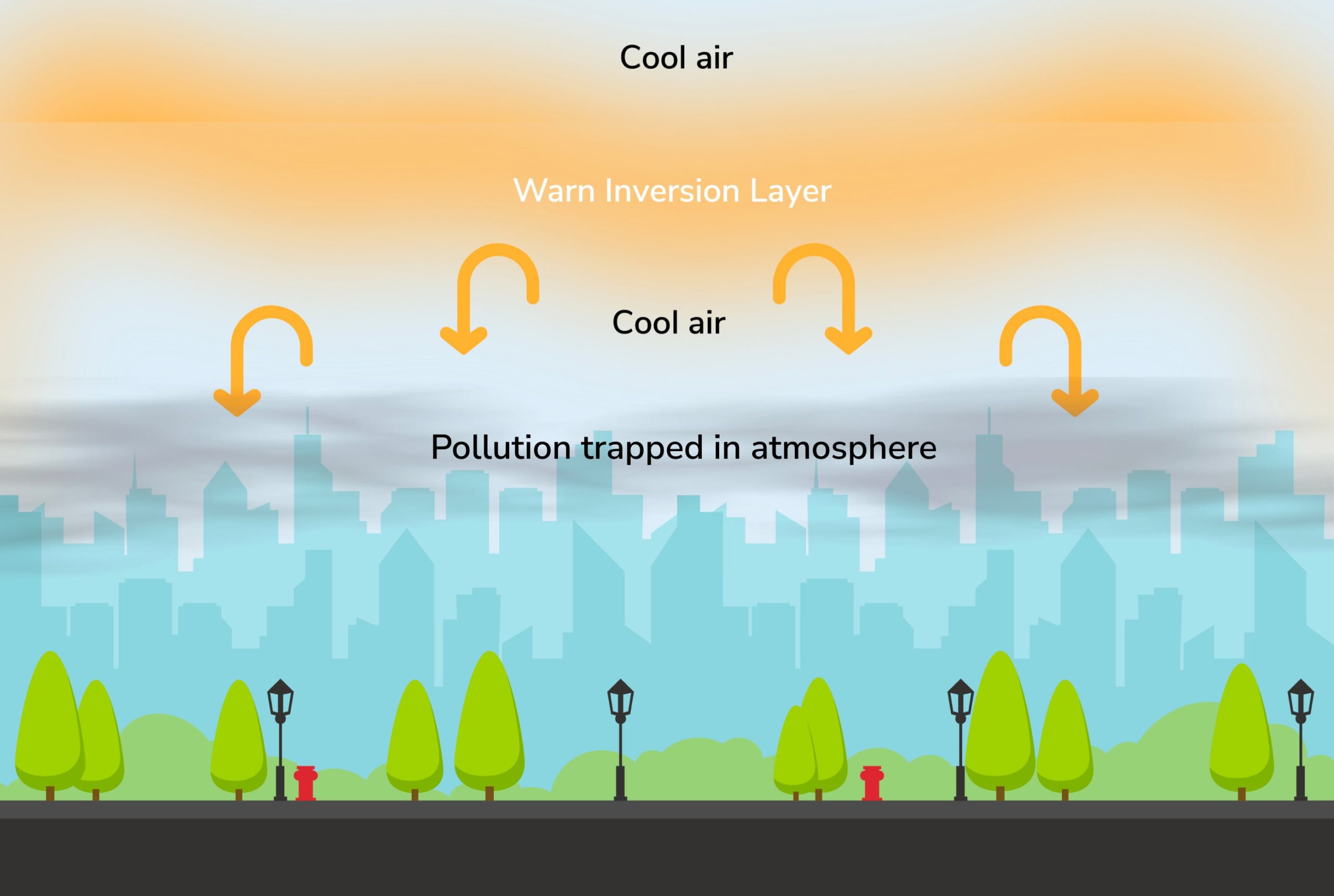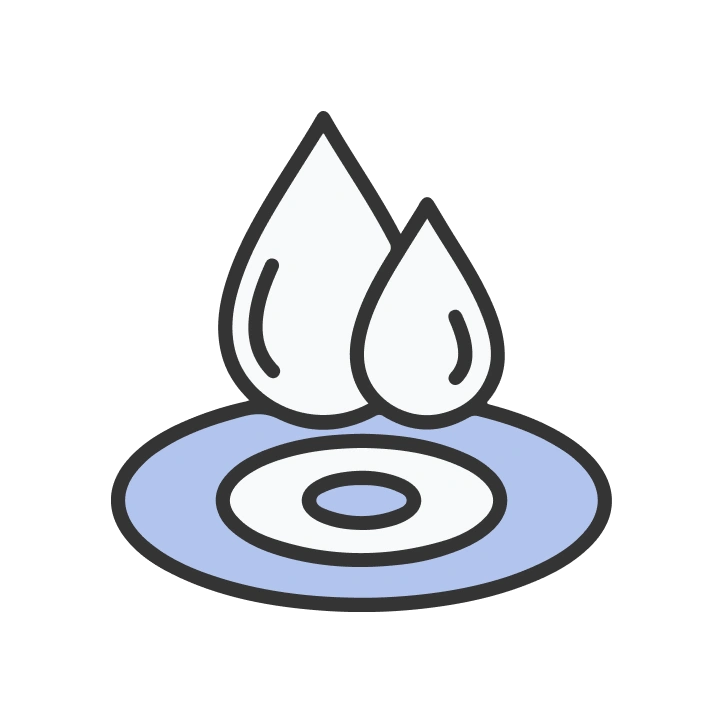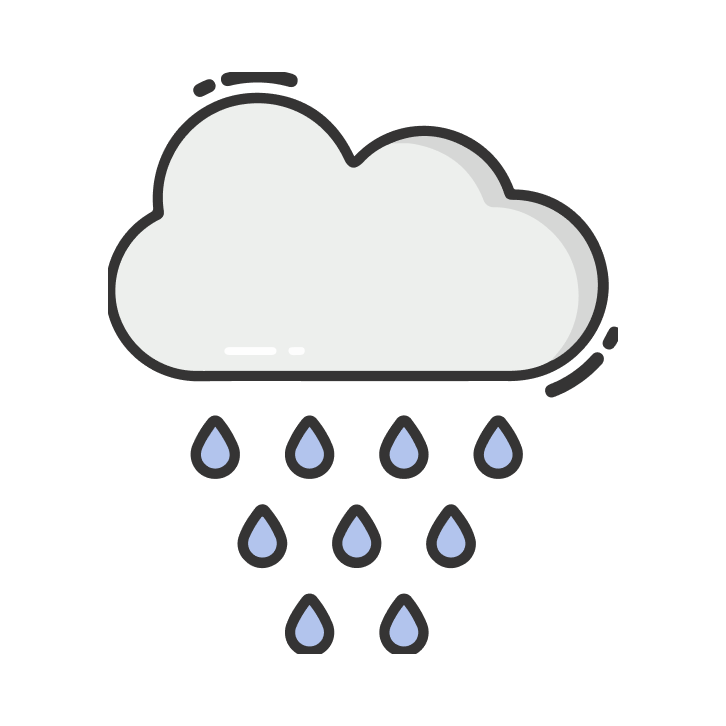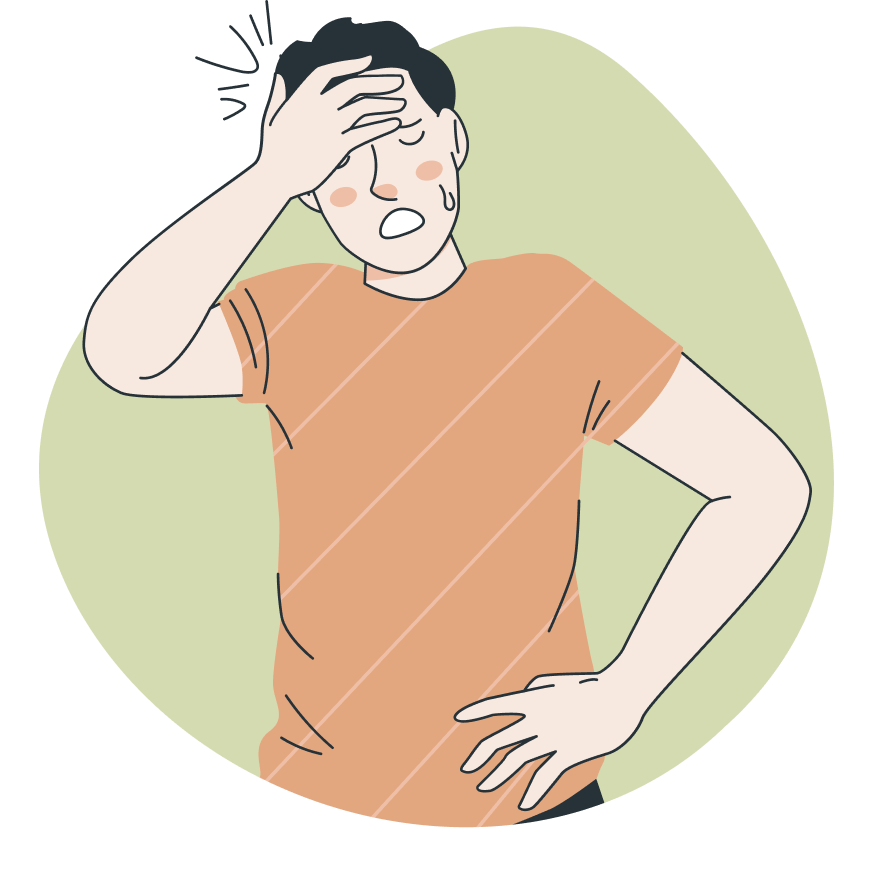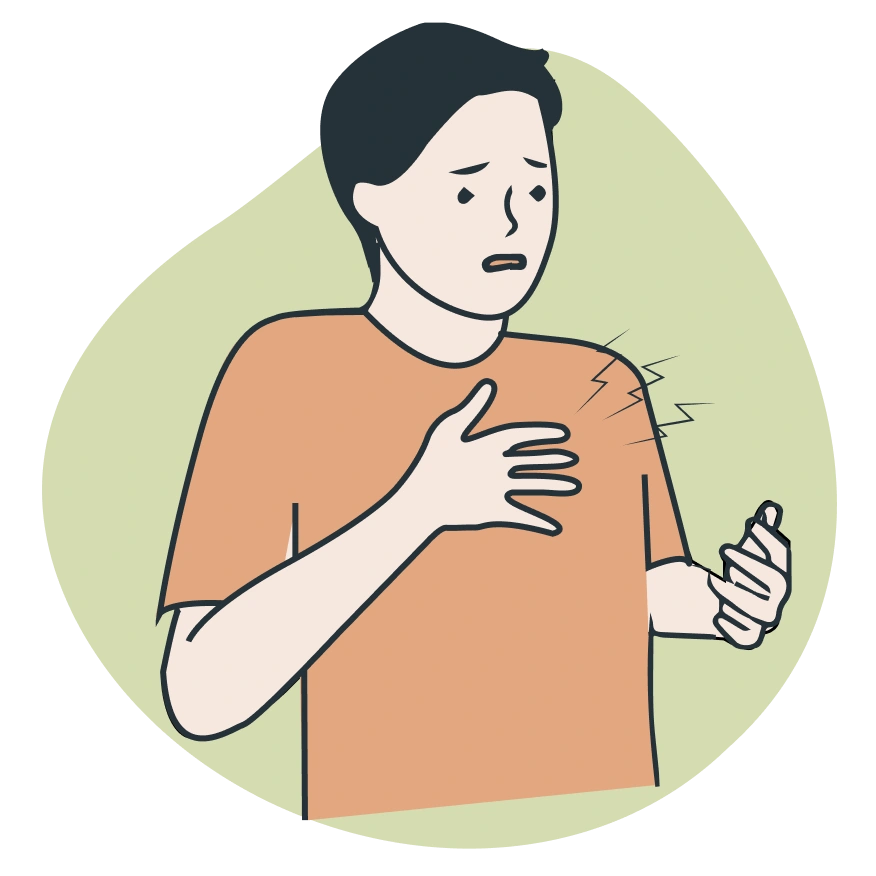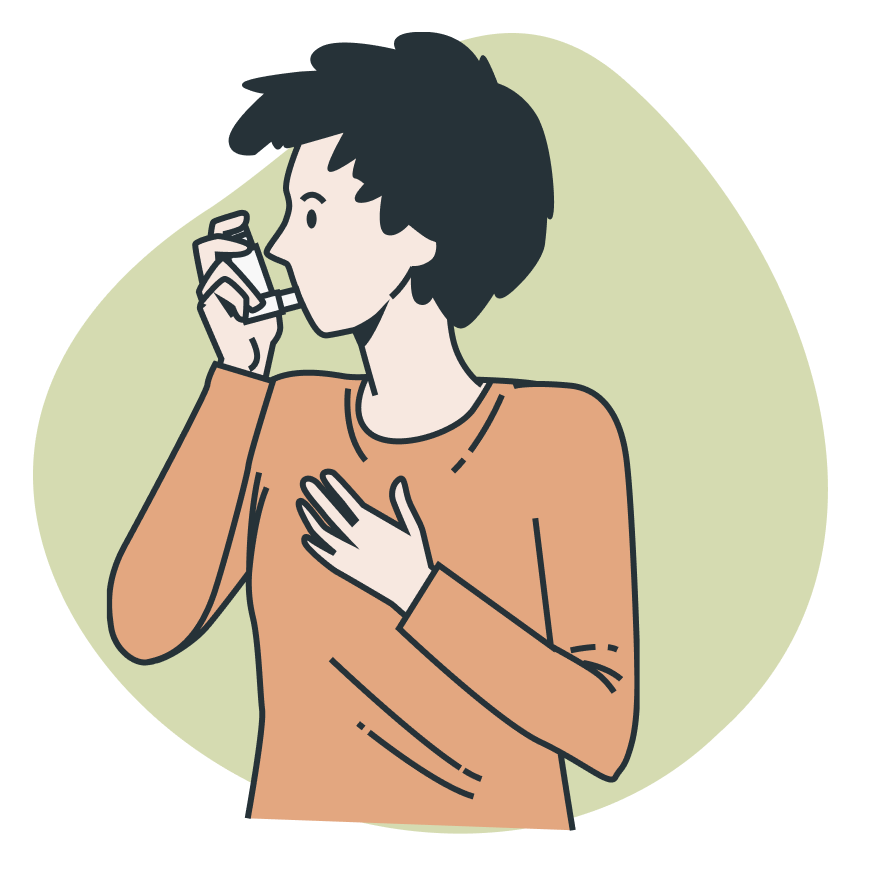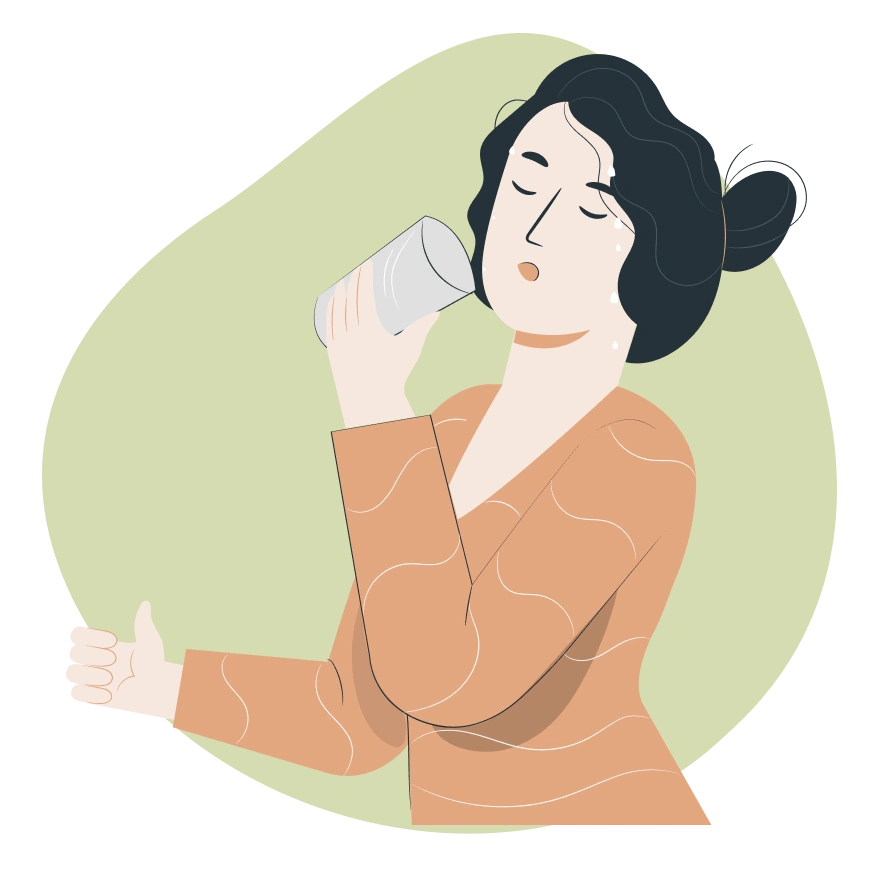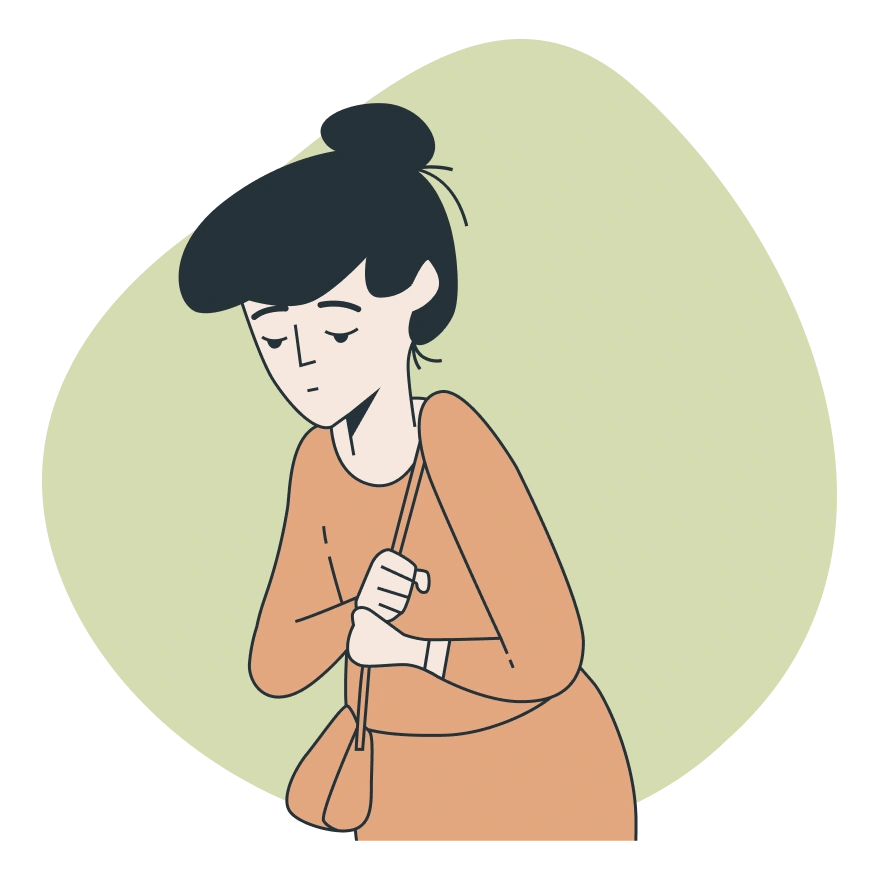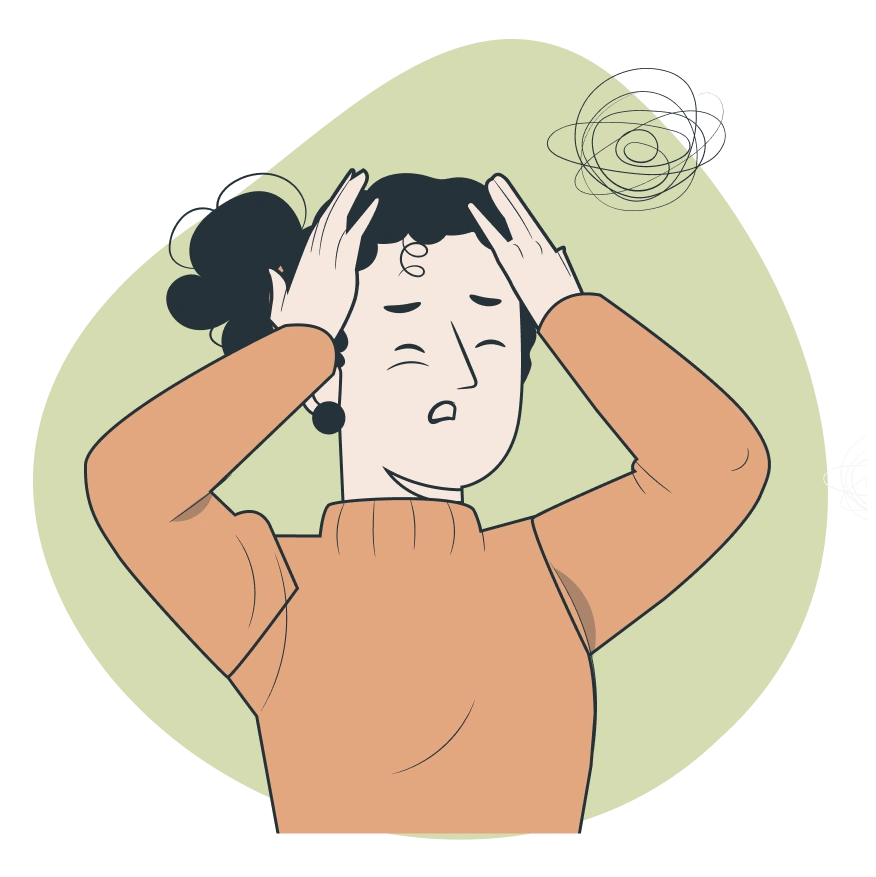Temperature Inversion
Temperature inversion is a common occurrence during winter, characterized by a unique temperature differentiation pattern. Normally, the temperature gradient follows a pattern from warm air to cooler air and then to the coldest air. However, during winter inversion, sometimes, the situation is reversed. The cooler layer rests immediately above the ground’s surface, followed by warmer air and then the coldest air at higher altitudes.
This inversion phenomenon creates a trapping effect for air pollutants near the Earth’s surface. The pollutants, instead of dispersing into the atmosphere, become trapped within the lower layer of colder air. This stagnant condition makes it difficult for the pollutants to dissipate, leading to increased concentrations of air pollution.
The problem is further exacerbated during winter due to the burning of wood and coal for heating purposes. These activities release additional pollutants into the air, which, coupled with the inversion effect, contribute to deteriorating air quality during the winter season.




